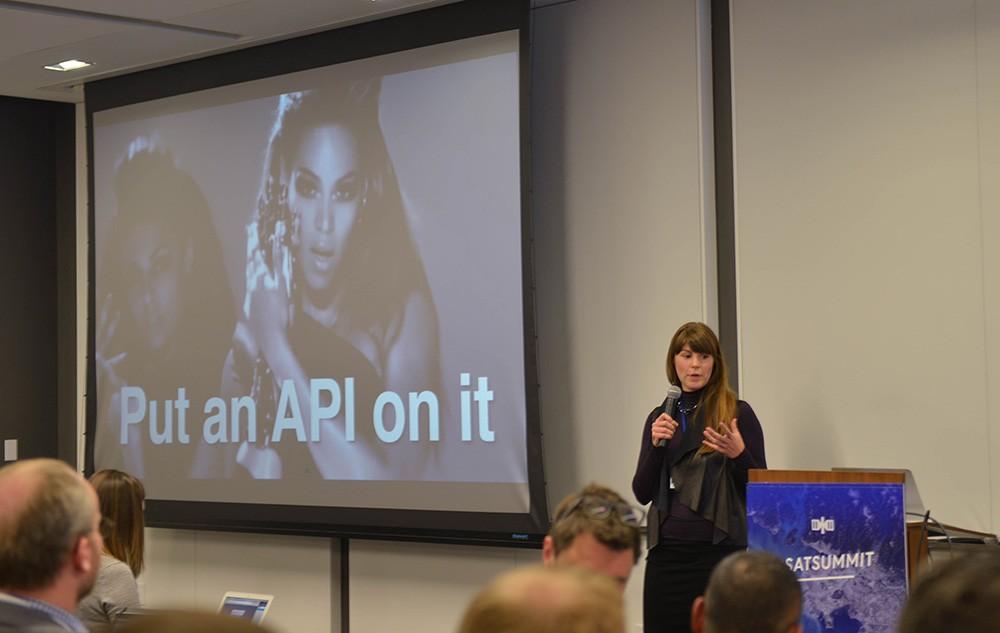At SatSummit, 231 global development and satellite industry experts joined us to map how we can do smarter development work with satellite data. The major satellite data providers (including NASA, ESA, DigitalGlobe and Planet) joined big data gurus (from AWS, IBM, and Orbital Insights) and dozens of global development organizations (including USAID, World Bank, Humanitarian OpenStreetMap Team, and World Resources Institute) for a truly inspiring day of discussion.
Product Launches
SatSummit has several noteworthy launches:
-
DigitalGlobe launched a new Open Data Program focused on data for disaster response. Planet also debuted their Disaster Data open data platform.
-
Astro Digital, Amazon Web Services (AWS), and Development Seed launched MODIS on AWS providing daily snapshots of the earth.
-
The Humanitarian OpenStreetMap Team (HOT) launched the official (non-beta) version of OpenAerialMap.
-
Satellogic committed to provide free global 30-meter resolution hyperspectal imagery for scientific and humanitarian purposes.
-
SatSummit was a great coming out party for Open Imagery Network (OIN), a new effort to support the use of open imagery by the development community. OIN emerged from research around last SatSummit, and is supported by the Gates and Omidyar Foundations.
The SatSummit website has a full list of launches and commitments from the Summit.
Deep Thoughts
I left SatSummit with many new ideas and some new concepts. The stickiest concepts permeated the discussion throughout the day and many conversations since.
Geodiversity
Eric Gundersen kicked off the day reminding us that this diversity is our strength. An extremely diverse set of people are behind our satellite launches, data analysis, and bringing this knowledge to global development. Satellite and remote sensing is a human, global endeavor and does not discriminate. We need to respect and defend our diversity and be vocal in the face of challenges to our diversity.
#Geodiversity took on a life through the Summit from celebrating our diverse teams, to diverse imaging approaches, to using different sensors work in combination to give us deeper insights and flexible operation.
Fat data
Satellite data isn’t just big, it’s fat. Bronwyn Agrios argued that imagery files are bulky and big in ways that create unique challenges for people who archive that data, run analysis across that data, or distribute imagery on the web.
Data Access
Your pixels don’t matter if they aren’t in front of people who need them, when they need them, and how they need them. The Distribution Panel flipped the question of distribution to one of Access and recognized it as a human design problem as much as a technical challenge.
APIs over Portals
Powering the data revolution means distributing data to be accessed by computers. We need to move away from portals toward APIs and data in predictable file structures. As Bronwyn Agrios emphasized, if you love your data then you’ve got to “put an API on it”. This gives you the flexibility to build the UI that your users will love.
 Bronwyn Agrios telling folks to “put an API on it.”
Bronwyn Agrios telling folks to “put an API on it.”
What did I miss? I wasn’t able to get to every session. If you have other reflections to share, please send them to info@satsummit.io and we will post them on SatSummit Insights.
What we're doing.
Latest
